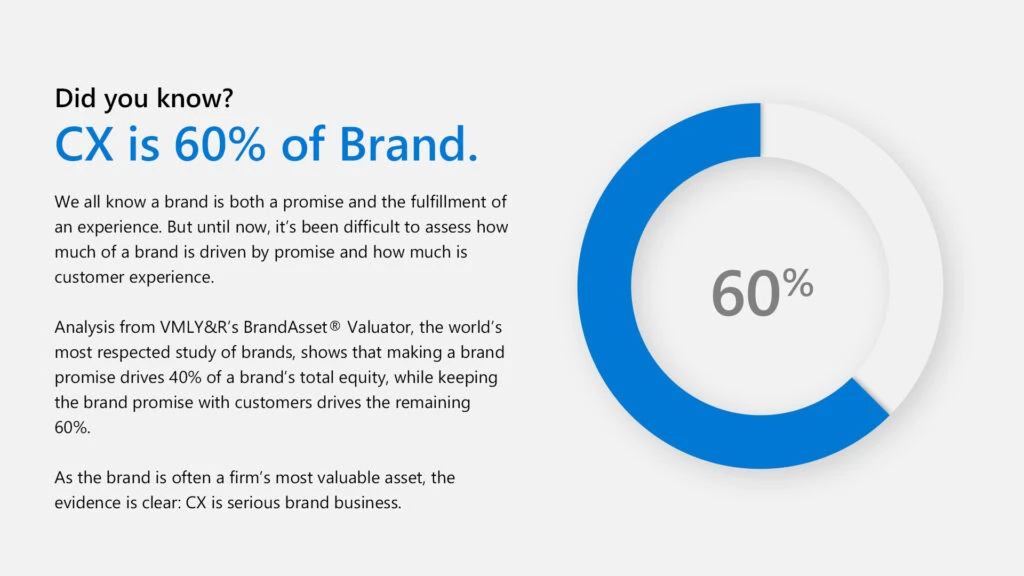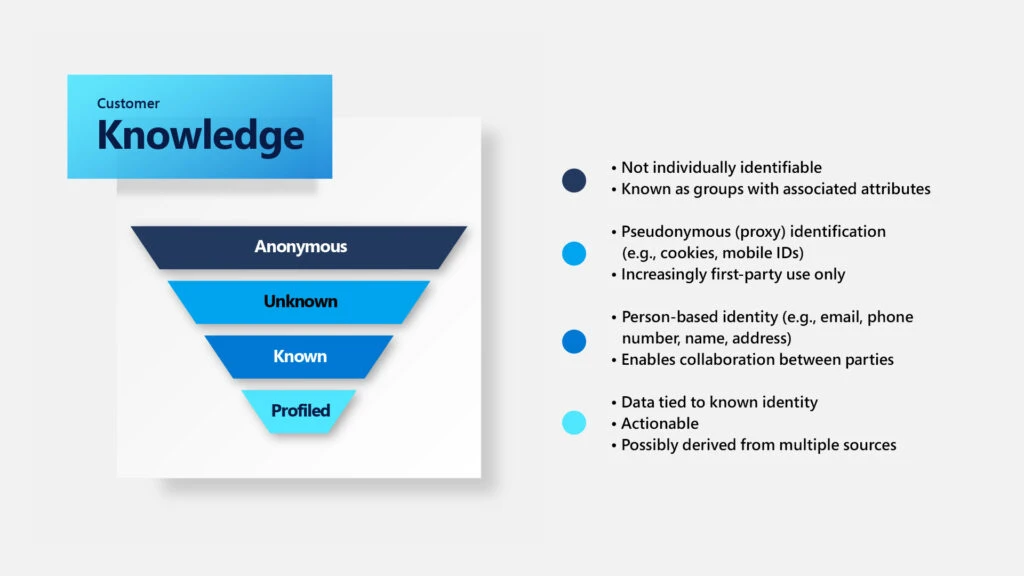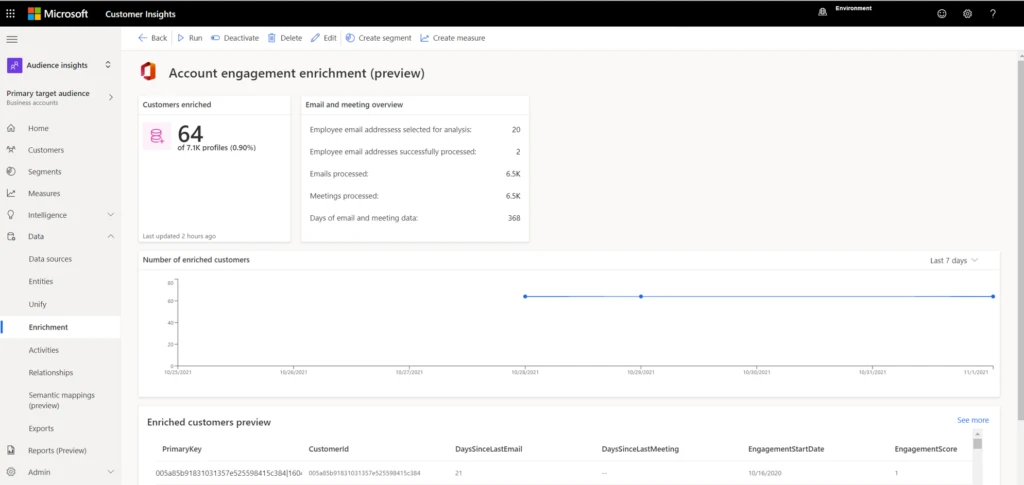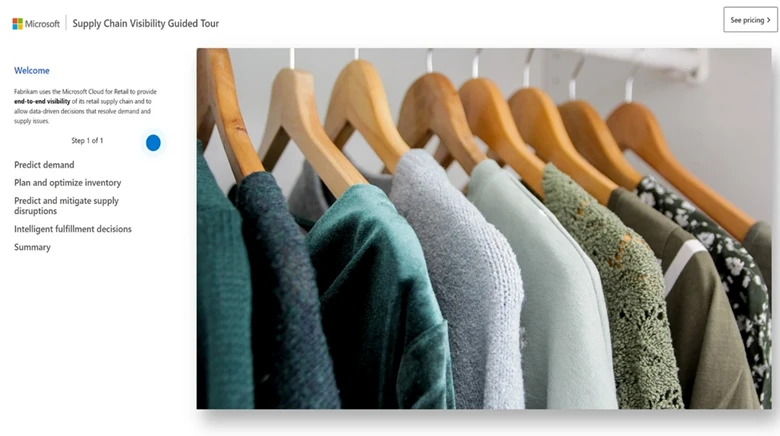
The future of customer engagement is bright with Microsoft and Nuance
This article is contributed. See the original author and article here.
This post is co-authored by Tony Lorentzen, Senior Vice President and General Manager Intelligent Engagement, Nuance.
Since Microsoft and Nuance joined forces earlier this year, both teams have been clear about our commitment to putting our customers first. Microsoft and Nuance are dedicated to ensuring our products complement each other, accelerate better business outcomes, and continue to deliver value well into the future.
We have never been more confident in our ability to continue offering organizations exceptional AI-powered customer engagement solutions. There’s a good reason why a majority of the Fortune 100 companies worldwide rely on Nuance customer engagement solutions, and we are excited by the significant potential Nuance’s pioneering, industry-specific technology has in the Microsoft ecosystem. Nuance solutions complement and enhance Microsoft’s portfolio, delivering value across every engagement channel. Microsoft’s continued investment in cloud and AI innovation offers massive opportunity to bolster Nuance solutions with new capabilities.

Nuance customer engagement solutions
We are investing in Nuance’s proven customer engagement solutions that combine advanced conversational AI with a full spectrum of technologies to achieve market-leading accuracy and containment rates. Nuance has the unique capabilities to enable organizations to automate, personalize, and secure customer interactions, only now with the power of Microsoft behind it. This spans Nuance products and services inclusive of:
- Nuance Digital Engagement Platform (NDEP): The powerful functionality of NDEP comes from deep expertise in conversational AI and experience delivering AI-powered innovations in key vertical markets. Nuance digital engagement solutions are vendor-agnostic, offering complete flexibility and investment protection for organizations that: want to integrate best-of-breed virtual assistant or live chat solutions with a third-party customer relationship management (CRM) from any vendor; have a third-party virtual assistant, but need to integrate it with an industry-leading live agent platform; want to add powerful new messaging capabilities to a third-party agent desktop; or need to surface third-party product recommendations, next-best actions, knowledgebase information, tech support, or order management systems to their agents on a unified desktop.
- Nuance Conversational Interactive Voice Response (IVR): Nuance has deep roots in delivering powerful IVR solutions and shares Microsoft’s vision for enabling an intelligent, personalized, and secure customer experience through advanced AI. Customers should expect Nuance Conversational IVR to continue to deliver innovations in automation to enable self-service with high containment rates while further increasing the speed, efficiency, and ability of agents to resolve most incoming calls successfully using real-time data and context. Our shared goal is to enable enterprise-grade, secure, conversational applications for the IVR that are capable of handling everything from straightforward customer queries to complex, demanding interactions. And we are committed to flexibly working with our ISV and channel partners to make our market-leading, vertical-specific Natural Language Understanding available to global organizations.
- Nuance security and biometrics: One of the most exciting things that Nuance brings to customer experience engagements is its market-leading biometric authentication and fraud prevention solutions. These technologies are helping enterprises make customer interactions not only more enjoyable but also more secure while helping to prevent fraudboth critical to successfully providing the outcomes-driven customer engagement Microsoft and Nuance are committed to delivering together. Cloud-native Nuance Gatekeeper is a differentiator in the market, and we will continue to invest in advancing its capabilities, while exploring its huge potential in the Microsoft ecosystem.
- Nuance Mix: Microsoft and Nuance share a vision to provide the most complete and compelling AI-driven customer engagement and contact center portfolio, with secure tools that span no-code, low-code, and pro-code to accelerate transformation. Nuance Mix makes it easier to create sophisticated, human-like engagements that enable customers to self-serve with a chatbot, speak to the IVR in a conversational way as if they were speaking to human agents, and help maximize self-service adoption and containment across any channel.
Learn more about Microsoft and Nuance
Our goal with “Microsoft + Nuance: Better Together” is to deliver lasting business value to the market. Together, with our trailblazing customers and partners, we will bring to market new innovations, while also ensuring our customers’ existing investments are protected and continue to flourish. As we look at adding new capabilities, together, Microsoft and Nuance will ensure clear paths forward providing customers future-proof solutions that continue to deliver outcomes today and tomorrow.
We are excited to share more about how we’ll bring the full power of Microsoft and Nuance to organizations worldwide.
Join us at Microsoft Inspire to learn more.
The post The future of customer engagement is bright with Microsoft and Nuance appeared first on Microsoft Dynamics 365 Blog.
Brought to you by Dr. Ware, Microsoft Office 365 Silver Partner, Charleston SC.








Recent Comments